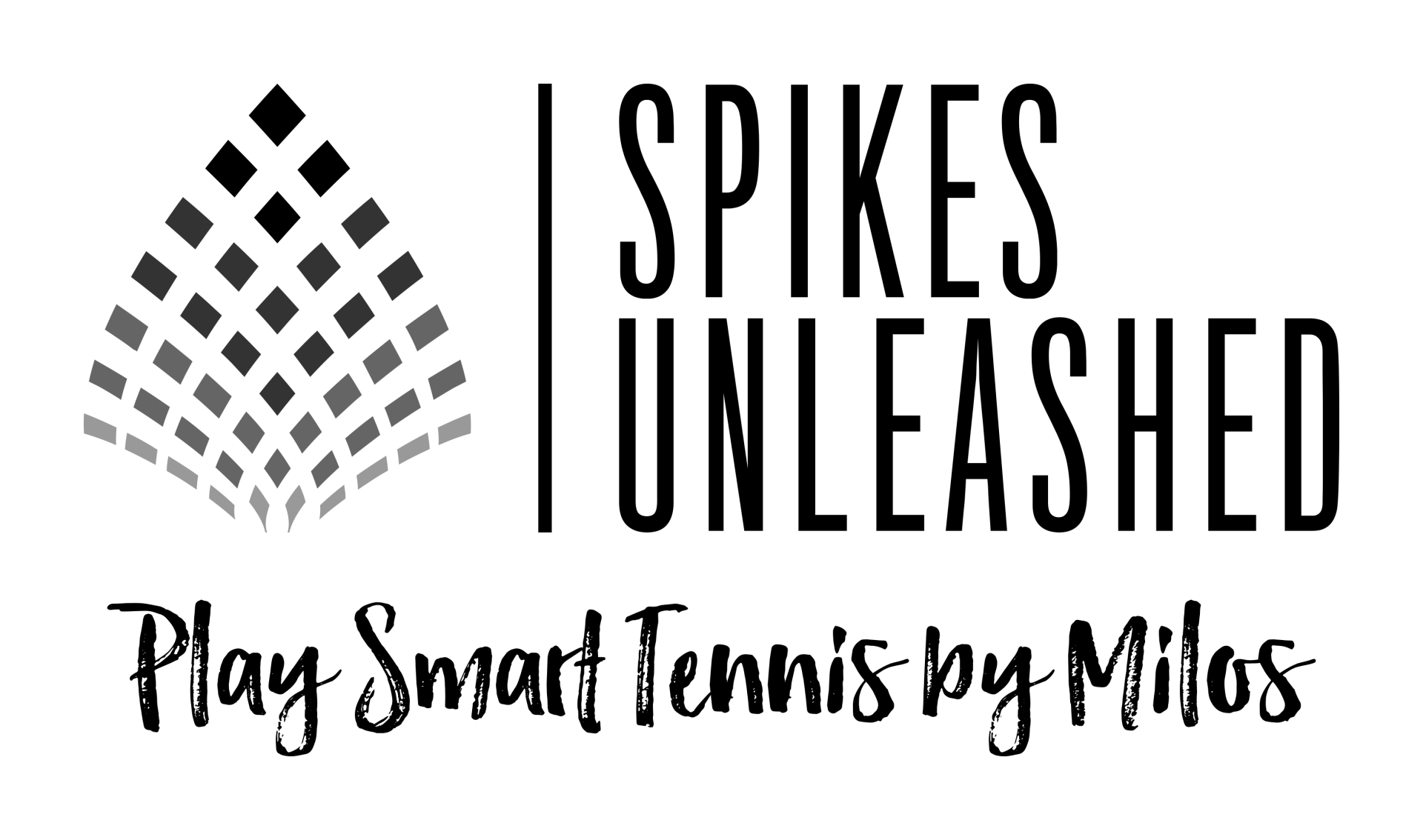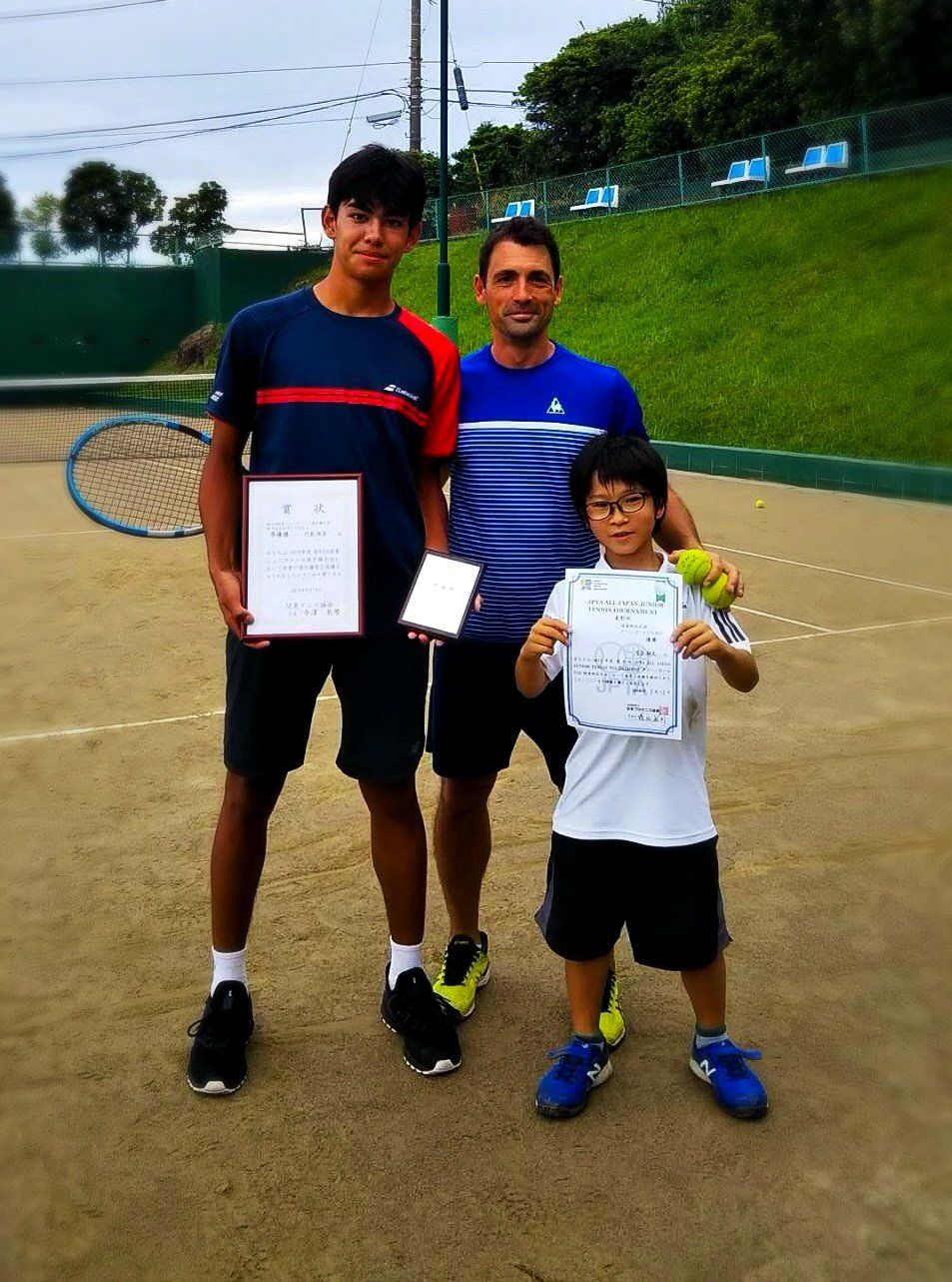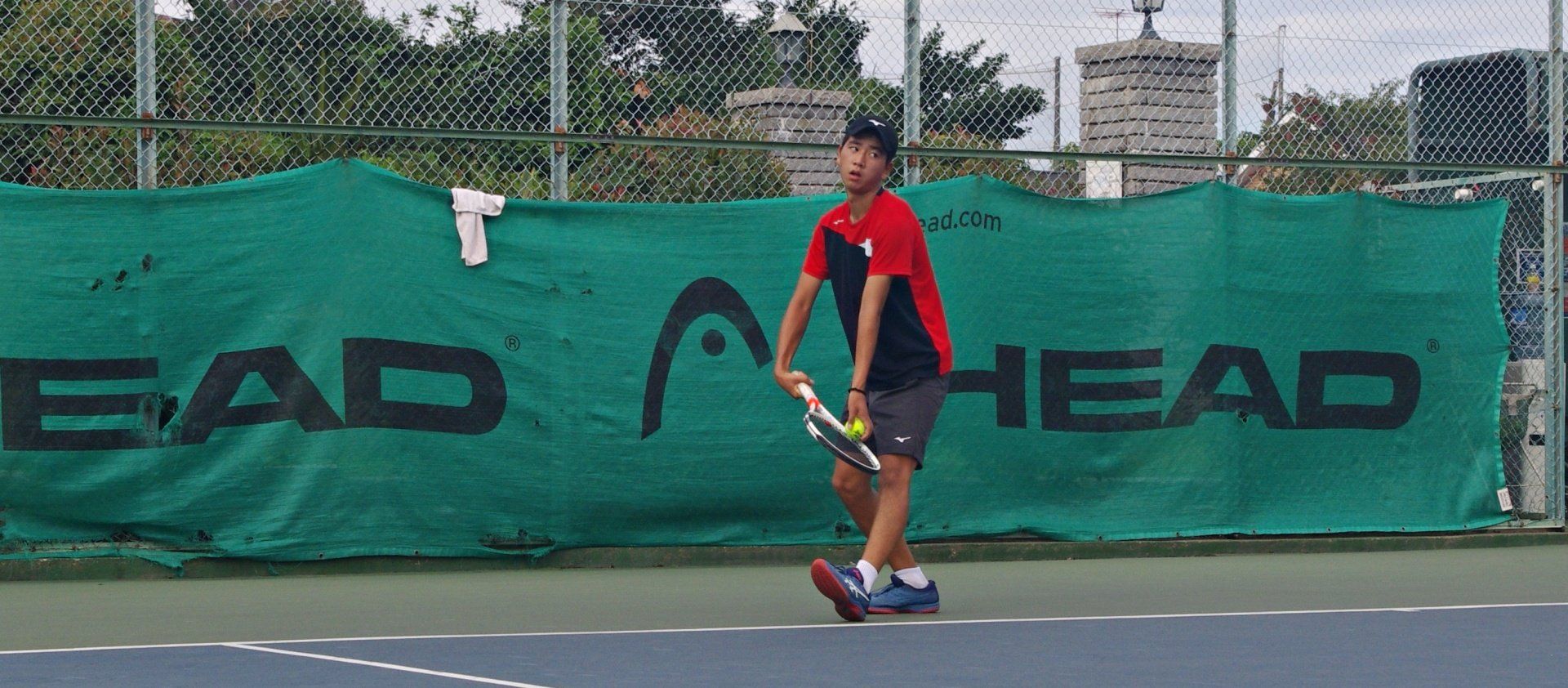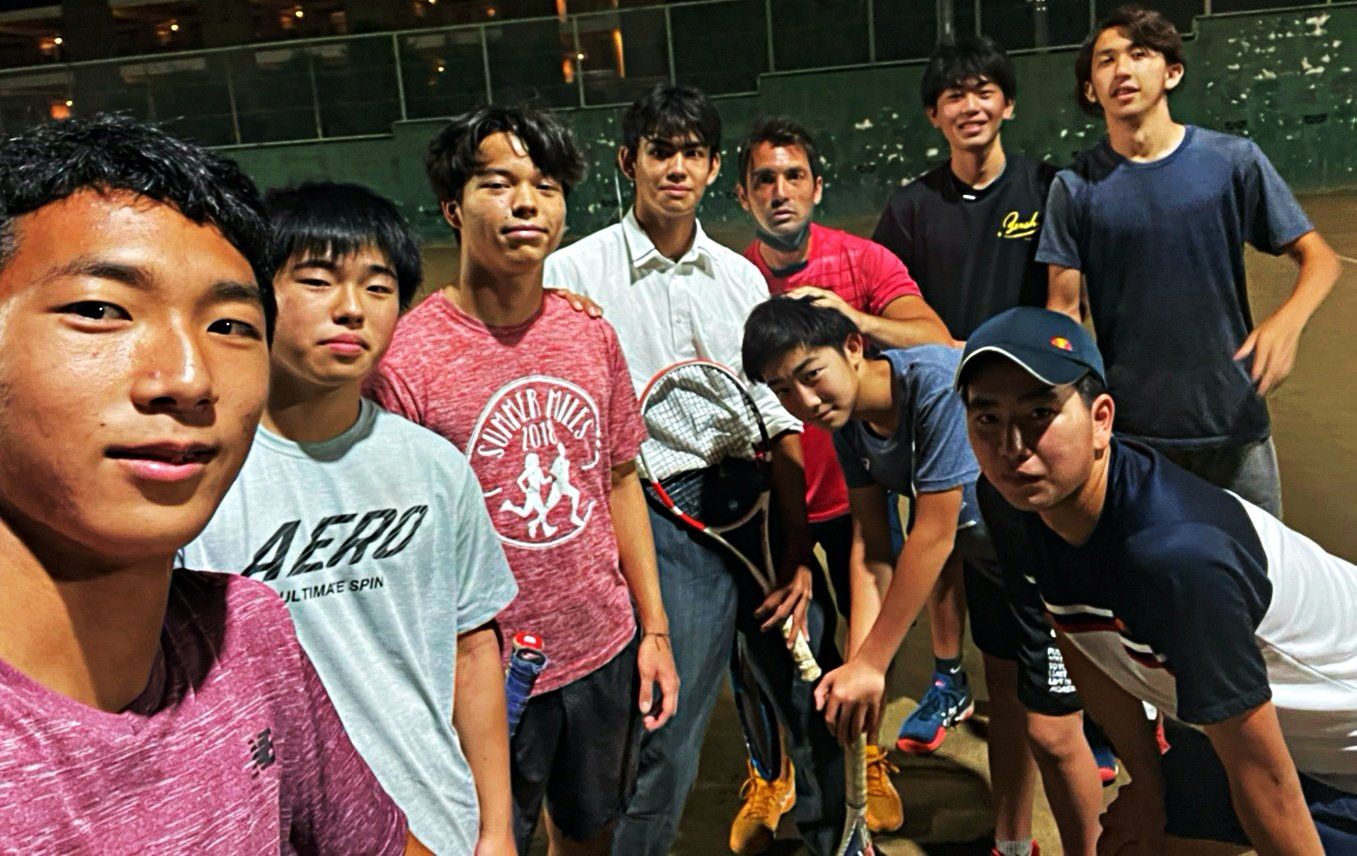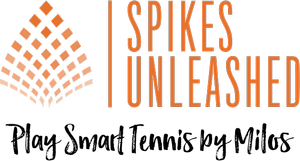developing A championship mindset
www.playsmarttennis.com
Tennis Game - The Game of Momentums
Momentum measures the 'motion content' of an object and is based on the product of an object's mass and velocity. For players to perform accurate strokes with high velocity, there should be an optimal combination of linear and angular momentum. The optimal combination depends on the urgency of movement, level of balance, perception of the situation and even level of confidence. With a creation of a larger momentum, greater forces and abilities are required from a hitter to decelerate to set up and execute a successful stroke
Tennis Training for Future Champions
Coaches teach tennis from the point of “racquet-ball” rather than movement and timing. Interception has two aspects, movement towards the ball to intercept it and create an impact point. This can differ from the concept of the hitting in which player can wait for the ball to approach before the impact. Even with the perfect contact point in which the ball lands at the string bed at the sweet spot, if the momentum of the hitter’s racquet movement does not match the movement momentum of the incoming ball, the stroke will not be satisfactory in intensity and direction
Learning How to be Your won boss
In championship tennis, effort of improvement and development should not be directed towards the others. In early age of the junior development players should not compare each other and value their game based on the results and the opinion of others if they performed better than their opponent. Having this kind of mindset is very closed and if the results do not come early, players could experience destructive emotions and thoughts that would lower their confidence, motivation for practicing and competing, eventually failing to become better and further improve. Of crucial importance is to be focusing on positivity and big picture rather than small negativity caused by current results or other people opinion
Anticipation in tennis - why tennis champions are champions
Through the course of tennis history, players’ performance enhancement evolved around the strokes and its effective application for the purpose of winning points in the competitive environment. Players’ stroke execution is surely one of the most researched field in the game of tennis as all tennis players, no matter of the level of their game or competitive involvement, are mostly attentive to the stroke mechanics and consistency of their body parts movement in space and time. Players usually try to be mostly aware of their own hitting space, with a tendency to underestimate the fact that tennis is a game of movements and interactions.
Tennis Skill Acquisition and Long Term Development
We are not teaching tennis players to be automative machines but intelligent athletes that can recognize and adapt to the constantly changing environment. From acquisition to stabilization phase, we can not teach technical skills separately from the tactical skills.
Leading Tennis Sports Scientists recommend that "coaches are ‘facilitators rather than ‘dictators’ of the learning process. They encourage individuals to explore solutions to different movement problems which may encourage more implicit-type learning, developing more robust skill set that is less reliant on higher level cognitive function, for both technical and tactical execution"
principles of effective movement and performance
For a player to move the body segments efficiently, there should be optimal combination of the stability and mobility through lowering the center of gravity created by loading the major muscle groups of the lower extremities.
Upper body force creation depends of the elastic capabilities of the muscles of the trunk. The reason the players create a larger upper trunk rotation beyond the hips is to pre stretch the trunk rotator muscles and create a powerful separation angle
Tennis Training Methodology
My training methodolgy includes development of the tools to enable taking control over the situation at the times of the challenges, to build resilience at the times when feeling of giving up and to understand the importance of overcoming the limits that usually athletes establish by themselves
Firstly, creation of an encouraging and supportive environment.
Secondly, athletes need to understand that their development is never ending process and that true satisfaction and excellence comes from challenging themselves on everyday based.
Thirdly, training program needs to provide the need of control and simple adjustability through variations in the technical-tactical structure.
Perceptual-Cognitive Development through Tennis practice
The most important adaptations to the situation at the court come from the player’s awareness based on the perceptual and cognitive evaluating skills which are and can be developed through the appropriate tennis practice. The importance of the perceptual-cognitive process is that enables an athlete to create reaction to the opponent’s action in advance (anticipation) and then generates the optimal action response to it (decision making). At the match play the physiological component can be very important but the perceptual-cognitive skills such are anticipation and decision making are underpinning the high level performance. So why the core of the training practice shouldn’t be the development of the anticipation, decision making and so as the process of option generation.
Situational awareness- the now and future of tennis practice and match
There have been lot of talking about the anticipation and how to develop the anticipation in tennis. Anticipatory abilities give skilled players a big advantage comparing to the plain tennis hitters. They can read the game cues which enables them to be one step in front of the opponent. They react faster (less thinking) and position faster (they don’t move faster but it seems like that) which leads to more efficient technical and tactical execution. They are in the control of their game!
Anticipation is a part of the situational awareness. But a player can expect something ONLY if a player is ready for that something to happen. A player can be ready for something to happen if a player have similar past experience of happening or if a player trained to be ready for it to happen.
Let’s grow together
- DEVELOP YOUR OWN TECHNICAL-TACTICAL SIGNATURE
- CREATE STABLE GAME PLAN BASED ON YOUR OWN STYLE OF PLAY
- BE IN CONTROL OF YOUR TENNIS DEVELOPMENT
Contact Us
We will get back to you as soon as possible.
Please try again later.
